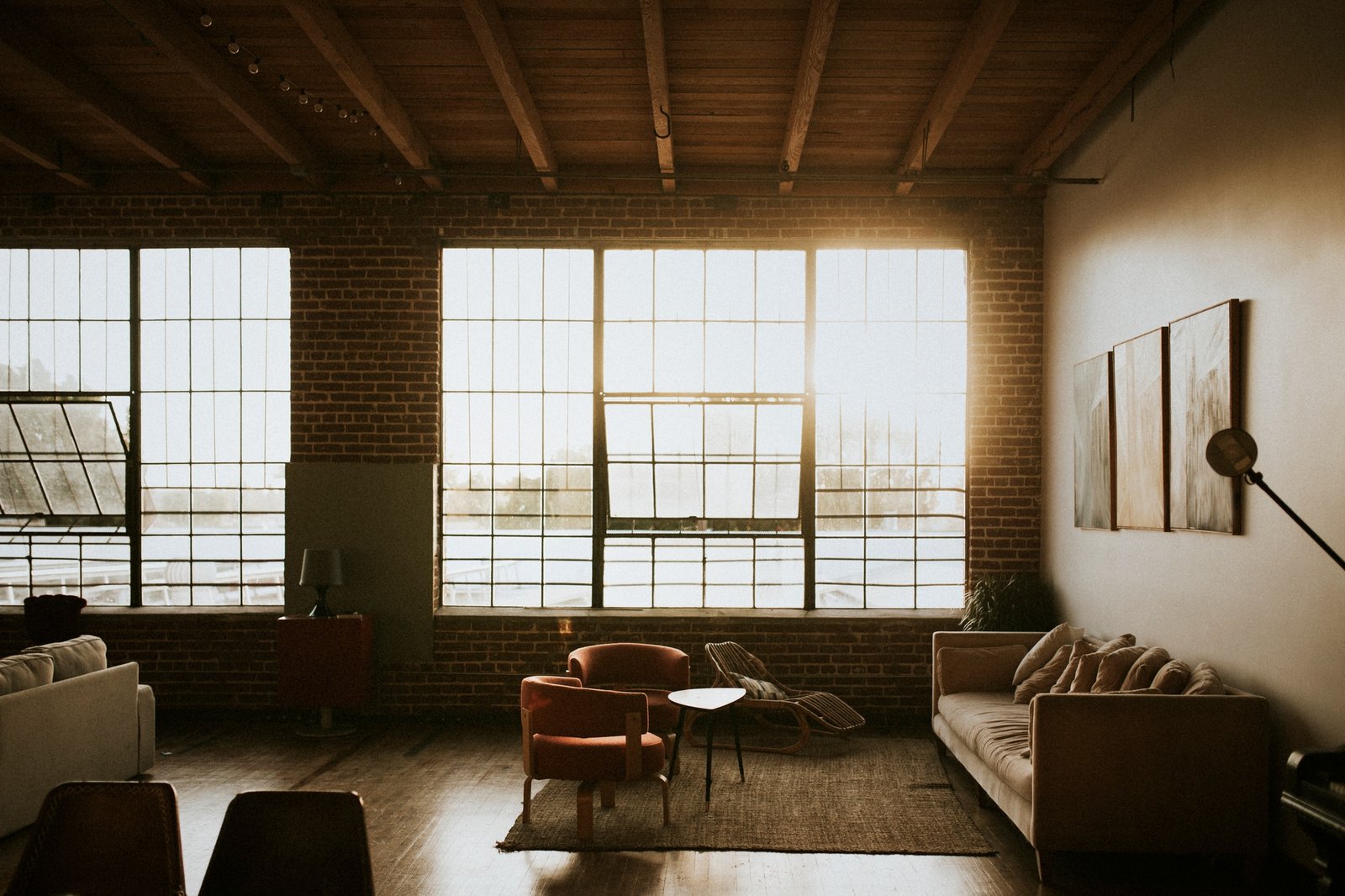Understanding Minimalism in Architecture
Minimalism in architecture is often described as the art of doing more with less. At SBD, we see it as much more than a style or aesthetic—we see it as a philosophical approach to creating space. It’s about stripping back excess to reveal clarity, enhancing human well-being through form, proportion, light, and material.
Our understanding of minimalism is rooted in both heritage and innovation. Influenced by Bauhaus rationalism, Japanese restraint, and Scandinavian harmony, SBD interprets minimalism through a uniquely contemporary, context-sensitive lens. We believe that when architecture is reduced to its essence, it creates space for people to live more intentionally.
More Than Aesthetic: A Functional, Emotional Framework
Minimalism is often misunderstood as cold or stark. In truth, well-executed minimalist architecture offers warmth, calm, and purpose. At SBD, we craft spaces that embrace:
-
Spatial openness, allowing light and air to flow freely
-
Natural materials that invite touch and age beautifully
-
Quiet geometry, using proportion, balance, and rhythm
-
A restrained palette, enhancing mood and focus
These elements foster a tranquil atmosphere—where residents and visitors can slow down, reflect, and connect with their surroundings.
Minimalism as Response: Trends Driving Its Relevance
As we move deeper into the 2020s, several global shifts continue to reaffirm the power and necessity of minimalist architecture:
-
Technological integration: Advanced tools like BIM, AI-assisted modeling, and prefabrication empower precision and reduce design waste—a natural complement to minimalism’s philosophy.
-
Environmental urgency: Minimalism inherently reduces material consumption. Our approach incorporates low-carbon materials, passive cooling strategies, and high-performance detailing that supports both beauty and biodiversity.
-
Urban density: With increasing pressure on space, minimalist planning creates more with less—delivering efficiency, adaptability, and clarity to dense urban settings.
-
Cultural shifts toward well-being: In a hyper-stimulated world, minimalism offers spatial mindfulness. We design homes, hotels, and workspaces that function as sanctuaries for rest and recalibration.
Minimalism In Practice: Project Examples
One of our defining projects, a desert retreat in the UAE, captures our minimalist ethos. The structure is a single volume carved by natural light, built with locally sourced stone and concrete, and cooled by cross-ventilation. Every detail—from the sunken seating to the recessed lighting—was designed to heighten presence, not distraction.
Another is a coastal wellness pavilion, where a reduced material palette (timber, linen, stone) allows sea, sky, and silence to take center stage. Architecture here becomes a frame for sensory connection.
Each project is guided by a belief that restraint enhances emotion—and that silence in architecture is often more powerful than noise.
The Future of Minimalism: Innovation Without Excess
Minimalism is not static. As materials evolve and needs shift, the way we express minimalism will also change. At SBD, we’re exploring:
-
Smart materials like phase-changing insulation, self-healing surfaces, and energy-generating glass
-
Circular design strategies, ensuring spaces can adapt, deconstruct, and regenerate
-
Biophilic layering, where minimalism meets nature through texture, light, and green integration
Minimalism—in our view—is not about subtraction for its own sake. It’s about purposeful reduction. It’s about knowing what to leave in, and what to let go. It’s about design that lives lightly, yet deeply.
“Minimalism is not the absence of something. It is the perfect presence of only what is essential.” — Aidan Hicks






